A new look at the consequences of light pollution
GAME 2024 begins its experiments in eight countries with significant support from the Klaus Tschira Foundation
The fact that artificial light at night affects marine animals has been established through many research projects. The “Global Approach through Modular Experiments” (GAME) training programme of GEOMAR Helmholtz Centre for Ocean Research Kiel has contributed to this understanding. But can marine plants such as large algae also be affected? Do their reactions influence other organisms that depend on them? How far can the effects propagate in the food web? Are there consequences for us humans? Participants of this year’s GAME projects are among the first researchers to address these questions. From April to October 2024, 16 young people work in teams of two in Cabo Verde, Finland, Japan, Croatia, Malaysia, Portugal, Spain and Wales.
Following the special approach of GAME, the students carry out standardised experiments at their locations in order to obtain comparable data. This year, they expose various algae species partly to the natural alternation of day and night and partly to artificial light at night for several weeks in their laboratories. Some of the algae are kept undisturbed in their tanks, while others also contain grazers such as snails or sea urchins. A feeding experiment will then be carried out to test whether the previously grazed algae have built up a chemical defence against feeding and whether this ability may have been impaired by the artificial light at night.
“We already know that artificial light at night can affect plants on land. In shallow coastal seas, multicellular algae, the largest of which can form entire underwater forests, perform similar functions as higher plants on land. So far, however, there have been no studies on how artificial light at night, which is widespread on many coasts around the world, affects these organisms,” explains Dr. Mark Lenz, scientific coordinator of GAME. “For example, the lack of darkness at night might disrupt the daily alternation of photosynthesis and respiration or impair other physiological processes that are linked to the rhythm of day and night. This could result in the algae achieving a lower photosynthetic performance, growing less or possibly being less well defended against predators.”
The three previous GAME projects investigated various effects of artificial light at night on the behaviour of animals at the seafloor. The series began in 2021 with the question whether the incidence of light influences the activity patterns and feeding rates of marine grazers such as snails and sea urchins. In 2022, students tested if the filtration performance and activity of mussels change under the influence of artificial light at night. The 2023 GAME year focused on the settlement behaviour of larvae of marine invertebrates such as cnidarians, mussels, tunicates and barnacles. Since 2021, GAME is made possible by the Klaus Tschira Foundation.
“Our previous investigations showed clear influences of artificial light at night. However, these were not the same at all locations, but varied between the study systems. One reason for this could be that marine organisms at different geographical latitudes experience varying degrees of change in light availability over the course of the year and therefore also react differently to changes in daily light availability,” summarises Dr Lenz. “Among other things, we were able to observe an increase in the feeding rates of sea urchins or a decrease in the ability of mussels to produce byssus threads. In addition, at some sites, the larvae of certain species dominated in colonisation under the influence of artificial light at night, which in turn reduced the diversity of the systems studied.” Such reactions can significantly change ecosystems. As they also have the potential to reproduce at higher levels of organisation, they can also have consequences for the functioning of entire ecosystems, which we humans can ultimately also feel. For example, if macroalgae are less well defended against predation under the influence of artificial light at night, algae populations, which among other things slow down water movements and serve as a habitat for many other marine animals, could decline in the long term.
In addition to scientific progress, GAME also promotes the personal development of participants. During their Master’s degree, they learn how to organise and conduct experiments, evaluate and interpret data and write a scientific publication based on this. By working abroad and engaging in close dialogue within the group, they acquire important intercultural skills and make their first international contacts. Since the start of GAME in 2002, 286 students from 31 countries at 40 partner institutes worldwide have taken part in the programme.
Background: GAME
GAME enables young scientists to investigate the effects of global change in coastal waters while collecting data for a master’s thesis. To this end, teams of two conduct identical experiments at different locations around the world over a period of six months. The preparation and follow-up of each project takes place together with all participants at GEOMAR in Kiel. A project lasts from the beginning of March to the end of December. In preparation, the approach to research ecological questions is developed and the analysis of data using biostatistical methods is deepened. In the follow-up phase, all results are comparatively analysed, interpreted and prepared for publication. In GAME, students also train their ability to communicate science in the form of lectures and in specialist journals as well as in public relations formats. They are integrated in a global network that can serve as a starting point for collaborations and the exchange of experience and knowledge in their future careers. Applications for GAME 2025 are now open.
Project funding:
GAME is mainly made possible by the Klaus Tschira Foundation. The programme also receives support from Bornhöft Industriegeräte, Hydro-Bios, LimnoMar, Abfallverbrennung Kiel and SubCtech. GAME relies on the support of funders and appreciates existing and future interest.
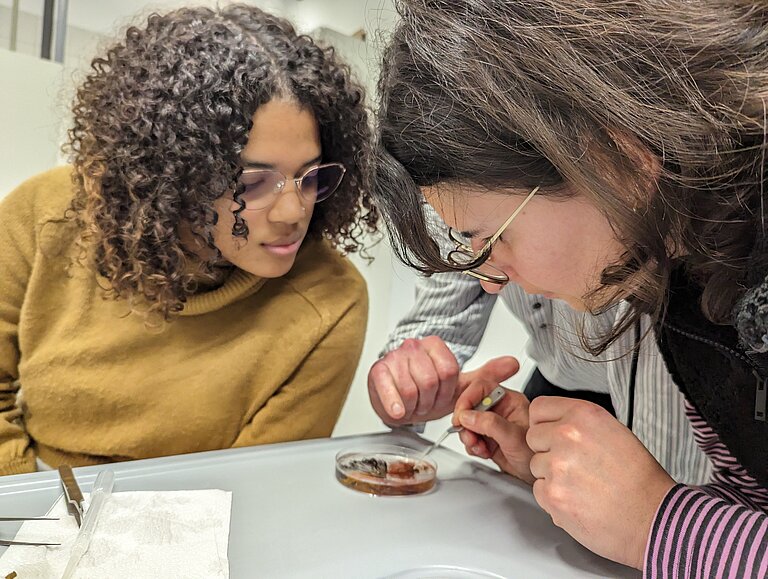
In the laboratory at GEOMAR, the participants of the GAME project 2024 analysed algae samples in preparation for their experiments. Photo: Mark Lenz, GEOMAR
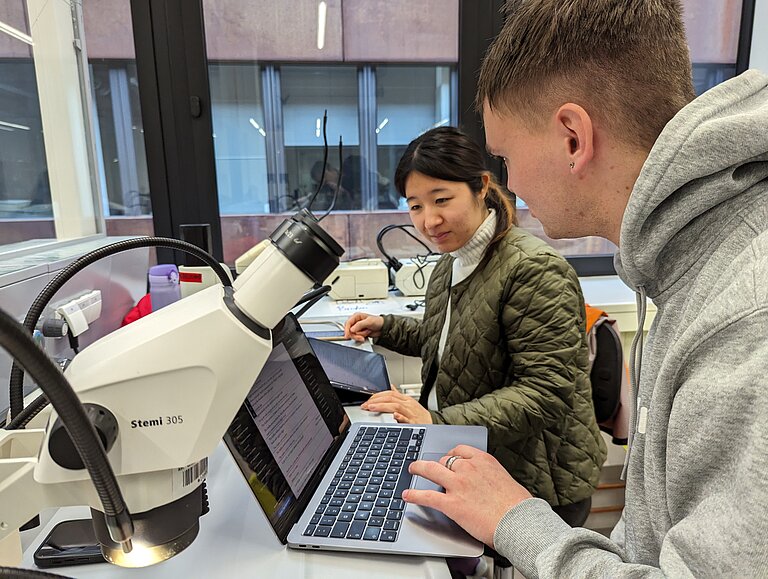
During the introductory course at GEOMAR, the participants of the GAME project 2024 planned their experiments. Photo: Mek Lenz, GEOMAR
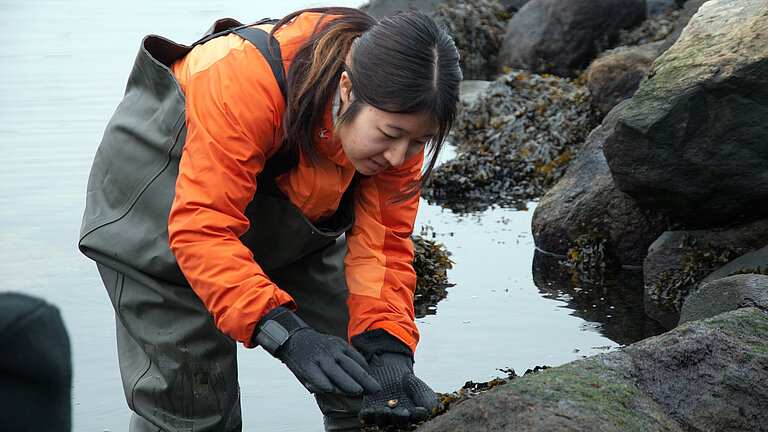
The students collected samples for initial investigations in the Kiel Fjord. Photo: Mark Lenz, GEOMAR
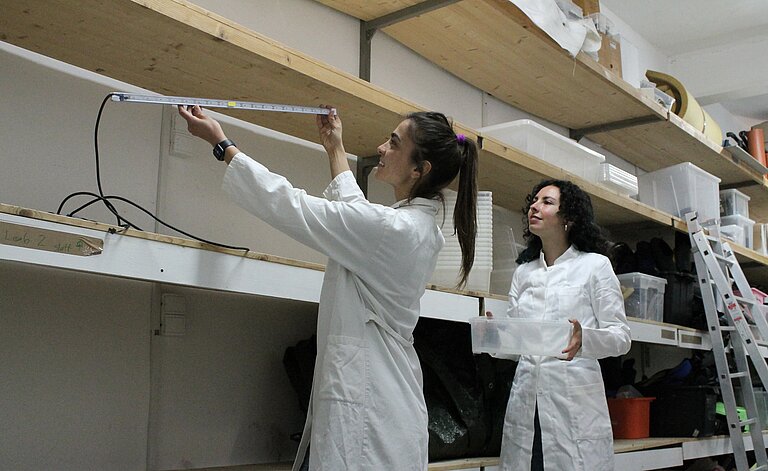
Barbara Jakovljevic and Catarina Rente prepare their experiments in Croatia. Photo: Catarina Rente
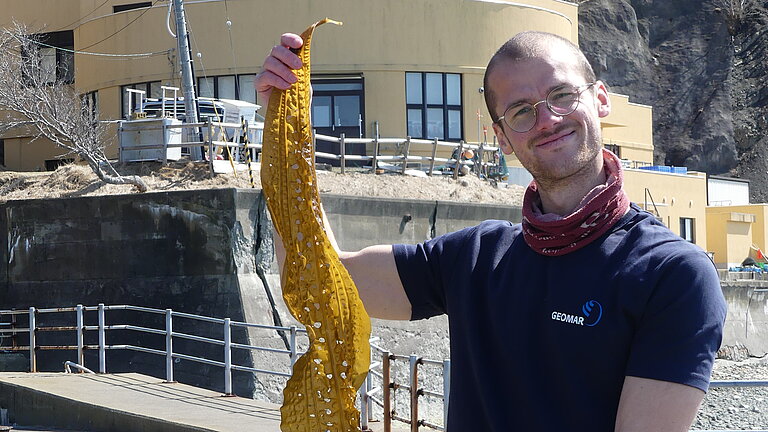
Martin Ladner collects the first algae in Japan. Photo: Hikari Hagiwara
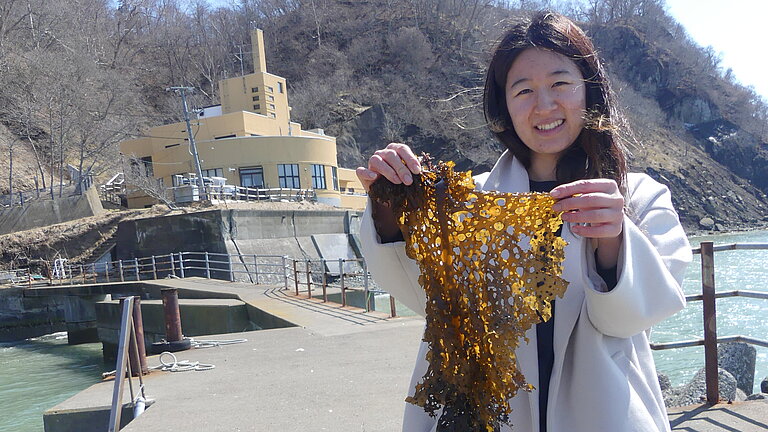
Hikari Hagiwara, Team Japan, shows one of the algae to be analysed in the experiment. Photo: Martin Ladner
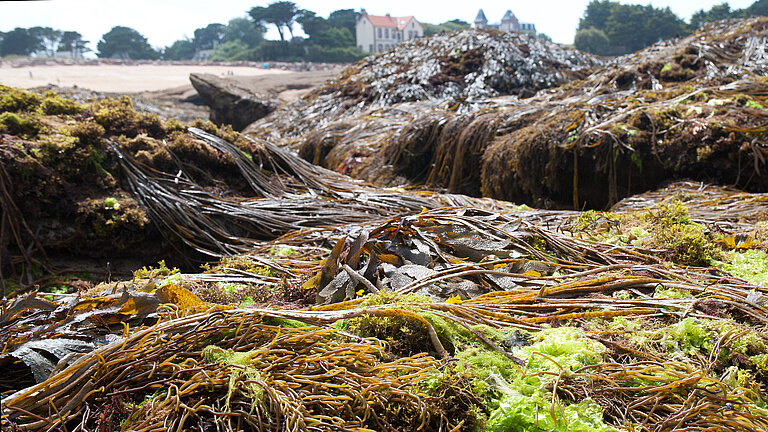
Algae in Brittany. Photo: Mark Lenz, GEOMAR
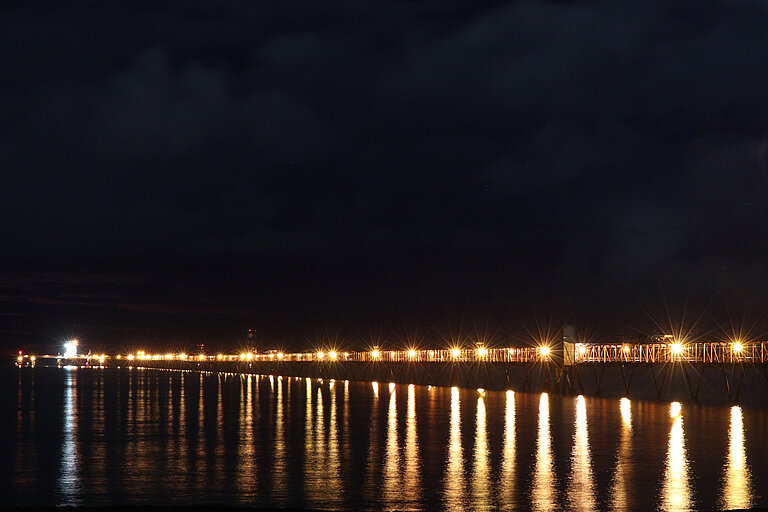
Lights at night in Conception, Chile. Photo: Javier Duarte
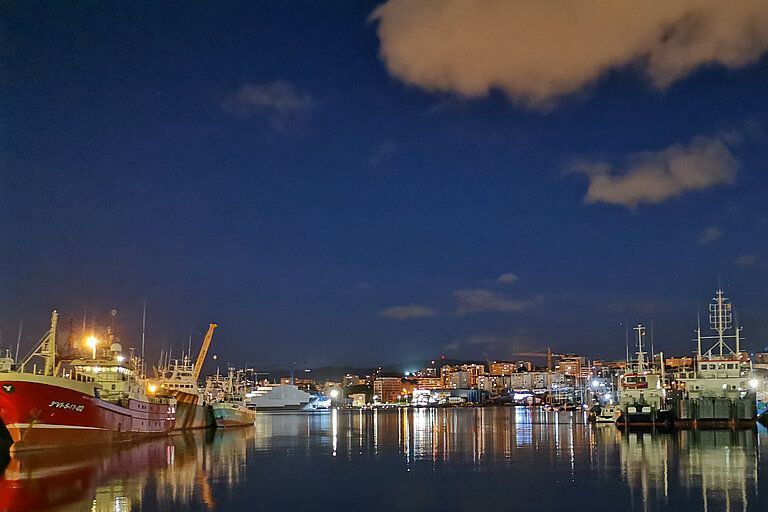
Lights at the harbour of Vigo, Spain. Photo: Fabian Löhr
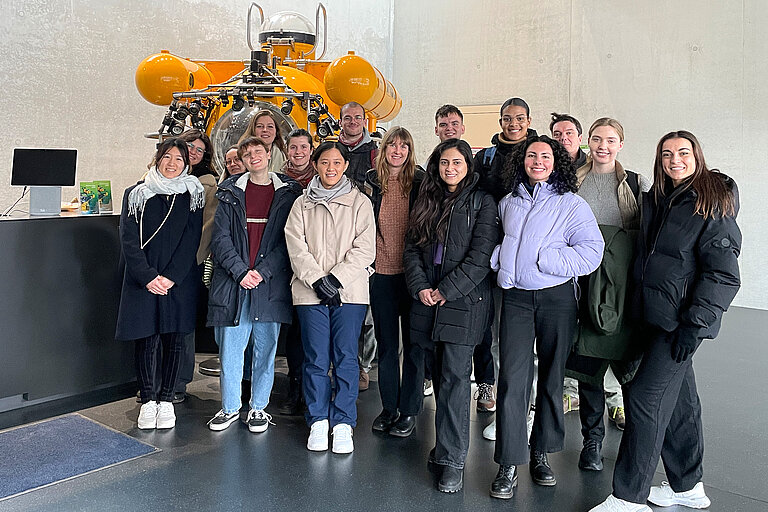
Participants of the GAME project 2024 in front of research submersible JAGO at GEOMAR. Photo: Sarah Uphoff, GEOMAR


